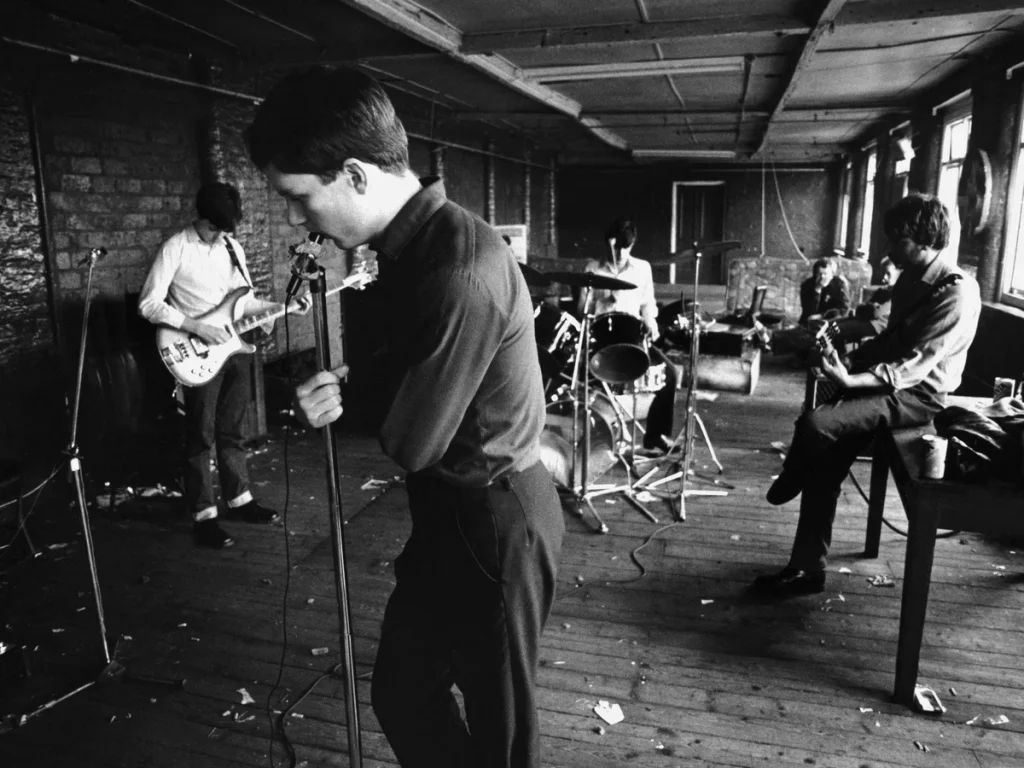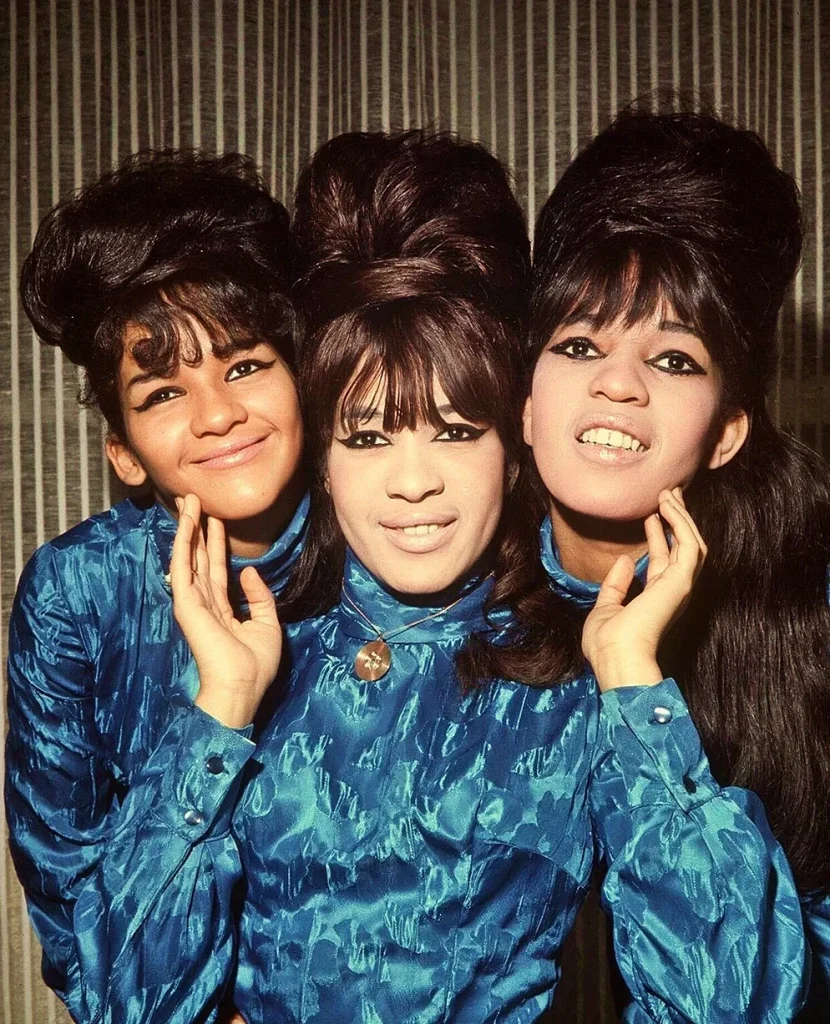
With the passing of Brian Wilson on 11 June 2025–just days before his 83rd birthday–the music world lost one of its most innovative pop composers and producers. As a songwriter, musician, and producer, Wilson co-founded the Beach Boys in 1961 and was the creative force behind the band during its formative years. He wrote, arranged, and produced most of their material during their first five years, crafting a string of 1960s pop classics. The Beach Boys became synonymous with the vibrant themes of Southern California surf culture and youthful fun. With upbeat, danceable hits like Surfin’ U.S.A. (1963), I get around (1964), Fun, fun, fun (1964), California girls (1965), Good vibrations (1966) and many others, they emerged as one of the most successful pop bands of the decade–culminating in a memorable appearance on The Ed Sullivan Show in 1964.
Watch the Beach Boys perform on The Ed Sullivan Show:
https://www.youtube.com/watch?v=QnnFwfewk9c&list=RDQnnFwfewk9c&start_radio=1
The Beach Boys’ carefree, easygoing surf music was characterized by their distinctive vocal harmonies, which quickly became their trademark. Pet sounds–by far the band’s most musically complex and experimental album–was released in 1966 and was deeply inspired by The Beatles’ 1965 album Rubber soul. Widely regarded as one of the most influential records in pop music history, Pet sounds marked a significant artistic leap for the band and for pop as a whole.


Wilson also produced singles for other artists, including The Honeys, a female vocal trio that featured his wife, Marilyn, and Glen Campbell. His production style was heavily influenced by Phil Spector; he frequently worked at Gold Star Studios and employed many of the same session musicians Spector used during the 1960s. Wilson recorded all the backing tracks for the Beach Boys’ hits live, without overdubbing, often adding vocals afterward. Due to deafness in one ear, he worked exclusively in mono.


In 1964, Wilson withdrew from live performances to focus on songwriting and studio work. From the late 1960s onward, he also battled depression and substance abuse, eventually stepping away from the music industry entirely for a time. Despite these challenges, he recorded eleven solo albums between 1988 and 2021 and published his autobiography, I am Brian Wilson: A memoir, in 2016. In 2021, Rolling Stone magazine ranked the Beach Boys’ song God only knows at number 11 on its list of the 500 Greatest Songs of All Time.
This according to the entry on Brian Wilson by William Ruhlmann in the Encyclopedia of recorded sound (2005, find it in RILM Music Encyclopedias) and a recently published short obituary in MGG Online.
Related Bibliolore posts:














